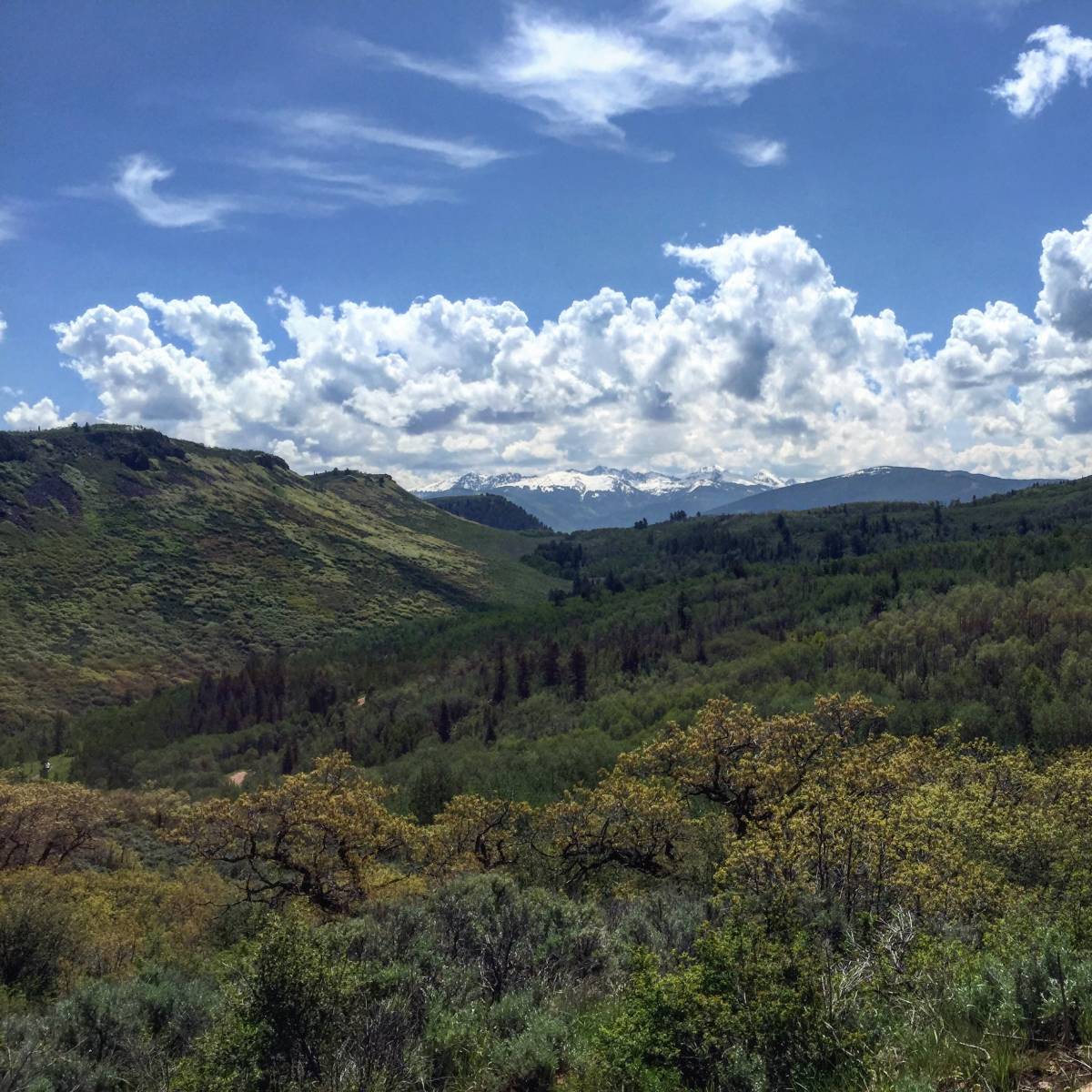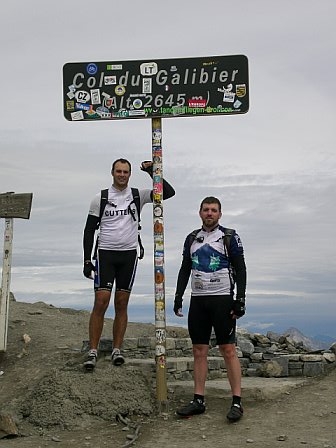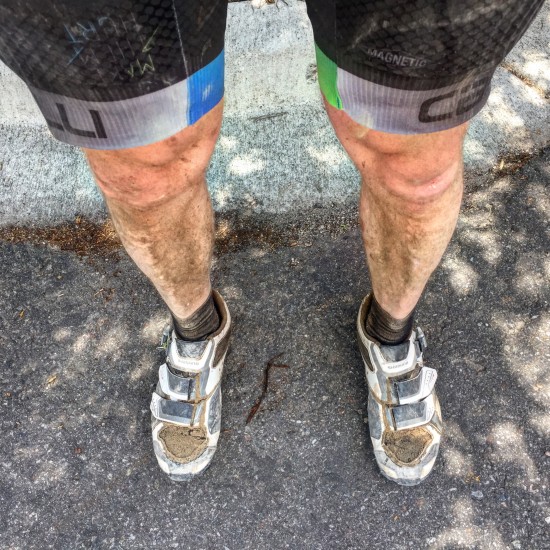Firebird 40(ish)
When a Bad Race is the Best Thing for You
“Don’t crash. It hurts.” That was the sage advice my buddy Brian – a Cat 2 MTB racer – shared the day before my first ever mountain bike race. In literature, I believe this is what they call foreshadowing.
I was set to start the Firebird 40 in Eagle, CO. With two new courses set up for the rescheduled race date, I opted for the 22-mile intermediate course, with an advertised 2900 feet of climbing. It seemed like something I could handle, as I’d been putting in decent miles on the road bike, in between travel, injury, and biblical rain storms.
What prompted the entry? Necessity.

Last fall, Brian and I decided to register for the Breck Epic, a 6-day, 240 mile mountain bike race in August, with some 40,000 feet of climbing.
“This is definitely not a decision we should make sober,” he said when were debating whether to pull the trigger last fall.
The Breck Epic would not be our first rodeo, so to speak, but it would definitely be our most ambitious. Some years ago, en route to a friend’s wedding in Italy, we decided to do a three-day tour of the French Alps, for which we were thoroughly out of our depth.
The first day we rode Col de la Croix de Fer, Col du Mollard, and Col de Telegraphe, the last of which left me hallucinating about a French girl yelling at me out the window of a van that did not exist.

The second day was Col du Galibier and dodging lorries in the tunnels on the long, winding descent back down to Bourg d’ Oisans. And we saved Alpe d’Huez for last, but definitely not least, as the vaunted climb did not disappoint.
In the years since, we’ve done some big charity rides, centuries, and the like. And more recently, Brian moved up the ranks in mountain bike racing, while I raced in triathlons over the last few years. Until I remembered how much I hate running.
We were overdue for biting off more than we could chew. So we pulled the trigger on the Breck Epic.
Fast forward to this spring, when I began to realize that I am actually not very good at mountain biking. Aside from a few Front Range rides and trips to Salida, the last time I did any amount of trail riding was back in high school in Indiana. That came to an abrupt end after a couple months, when a rogue stump launched me off the trail and head first into a tree.
So I needed a tune up race, and due to missing earlier, easier options, the Firebird 40 was pretty much the only available choice.
“I like your style,” Brian said during our pre-Firebird prep conversation. “You’re going to do one race, and then be all set for one of the toughest mountain bike races in the world.”
The Firebird race itself quickly turned into a hard slog for me. I had felt relaxed and ready to go at the start line, and even got a little fired up when they piped in Thunderstruck during the countdown. But after a neutral rollout, I lost contact with all but a few other riders. I’d been on antibiotics for the previous five days, which left me and my legs pretty depleted from the get-go. Excuses, excuses, I know. But it’s a pretty empty feeling to have no juice before you’ve even hit dirt.
I tried to make up a little time on some rolling singletrack through Mayer Gulch, which almost ended disastrously when I reacted late to a sharp, downward right turn, and through some mix of dumb luck and latent childhood BMX skills, avoided what would’ve been a bad crash.
“6 miles of tempo, then it gets steep,” said one of the race organizers at the bottom of first real climbs. That seemed encouraging. Until I realized that one person’s tempo is another’s tough grind up Turniphead, 3rd Gulch, and Pipeline, with wooded singletrack, loose rocks, and very, very muddy stream crossings.
Then came Firebox.
“Firebox is going to suck,” the race organizer told us at the start. And he was not wrong.
Firebox was a combination of steep, scorching hike-a-bike sections – sometimes sandy, sometimes rocky – and too many muddy stream crossings to count. These parts of the course sapped energy and resolve, and it became vaguely demoralizing to make such slow progress.
That’s when the doubt started creeping in. It’s happened before – during two half-Ironman triathlons, and other long rides like the Red Rocks Century – so I was somewhat prepared. You’re alone in your own mind on the road or the trail for too many hours at a time, and your thoughts can go to dark places. (This is one of the many reasons that the Rodeo squad who all finished the Dirty Kanza 200 this year is so incredibly impressive.)
I thought I’d fly through this course in maybe two and a half hours, and at this rate it was going to take more than four. Could I even finish this race? How the hell will I finish six days of the Breck Epic? Or any of the individual stages for that matter? Should I do the three-day race instead? Should I bail entirely?
Eventually, though, I got back in some sort of rhythm. One pedal stroke after another. One foot in front of the other. And I got a little boost when I regained contact with a small group in front of me. I came by another racer, who had pulled off, under the welcome shade of a tree. He had cracked open a bag of energy chews, and said gleefully, “Time for a picnic.”
The four of us slogged over the final, crushing hike-a-bike section, up Mike’s Night Out, which had 35% grades and was strewn with loose boulders.
And then the descent.
I should note here that I am pretty bad at descending on single track. I ride the brakes too much, I often don’t get my body in the right position, and many of my instincts are the exact opposite of what you’re supposed to do. So our group of 4 quickly became a solo descent for me.
The top sections of Mike’s Night Out were fine, save for a belligerent stick that got caught in my drivetrain, and severely bent my rear derailleur. Lower on the mountain, where it was rockier and sandier, I did not fair as well.
On a steep stretch with lots of loose rock, I got off my line and my front wheel nosedived into a pumpkin-sized boulder, which launched me off onto rocks and dead branches to left.
Brian was right. Crashes do hurt.
About a mile later, I hit an even steeper stretch and had to stop after inadvertently going off trail. I walked the last few yards down to where the trail opened up a little. One of the race staff waiting there asked if I was the guy with a broken rim.
“No, just a broken spirit,” I said to him and the medic volunteer, who got a good laugh out of that.
The next stretch was a blistering singletrack descent down a white sandy gulch that might have redeemed mountain biking to me. It was fun, fast, scary, and totally exhilarating.
That exhilaration came a screeching thud a few minutes later, when I was on a final section of sandy singletrack that traversed a hillside. As I came around a slight right hand bend, my bike suddenly dropped away beneath me, and momentum flung me hard into the ground on my right side. The whole left half of the trail had just sunk and disappeared.
The fall shoved all the air out of me, figuratively and literally. I laid there for a minute gasping, pissed, finished. I took stock, and despite a hard hit on my shoulder and hip, no serious damage. Rodeo kit 2.0 took it like a champ.
It turned out I was less than a mile from the finish. I limped over a few more rollers and rattled down the bike path to the home stretch. I’d covered 22 miles with 4,000 feet of climbing – not necessarily epic stats, but numbers that put a hurt on me nonetheless.

Finishing was all I had set out to do, though preferably not last, among what seemed like a pretty fast field of mountain goats. The mountain goat on my kit is still aspirational. I later found out I beat one guy in the open category and a few others in the overall, which brought some small sense of satisfaction. So too did the chill camaraderie in the start corral, the encouragement from racers and volunteers, and the unique bond between strangers that happens when you’re both fighting the relentlessness of gravity.
For better or worse, I have seldom entered a bike race hoping for a top result. To me, the challenge to myself is the thing, finding my limits and seeing if I can go beyond them. If I do get a result, great. If not, it was time to go anyways.
That was certainly true of the Firebird, which tested me in new ways. I felt like it almost broke me, and it definitely prompted serious fears about the Breck Epic. But after some food, a shower, and a beer, I realized that it also sparked a deeper motivation to prove to myself that I can do it. That, over the next 55 days or so, I can train harder, prep smarter, and eventually ride the way I want.
Some healthy doubt remains. But strangely, making it through a tough day inspired a sense of confidence that I’d been lacking at the start line.
The next day, I went out for an easy spin on my road bike. My hip and knee and shoulder were a little sore from the crashes, but I felt fine otherwise. I felt like I’d recovered relatively well. And I felt a little more ready for the challenge to come.
And for that reason, the Firebird 40 was exactly the tune up I needed.
